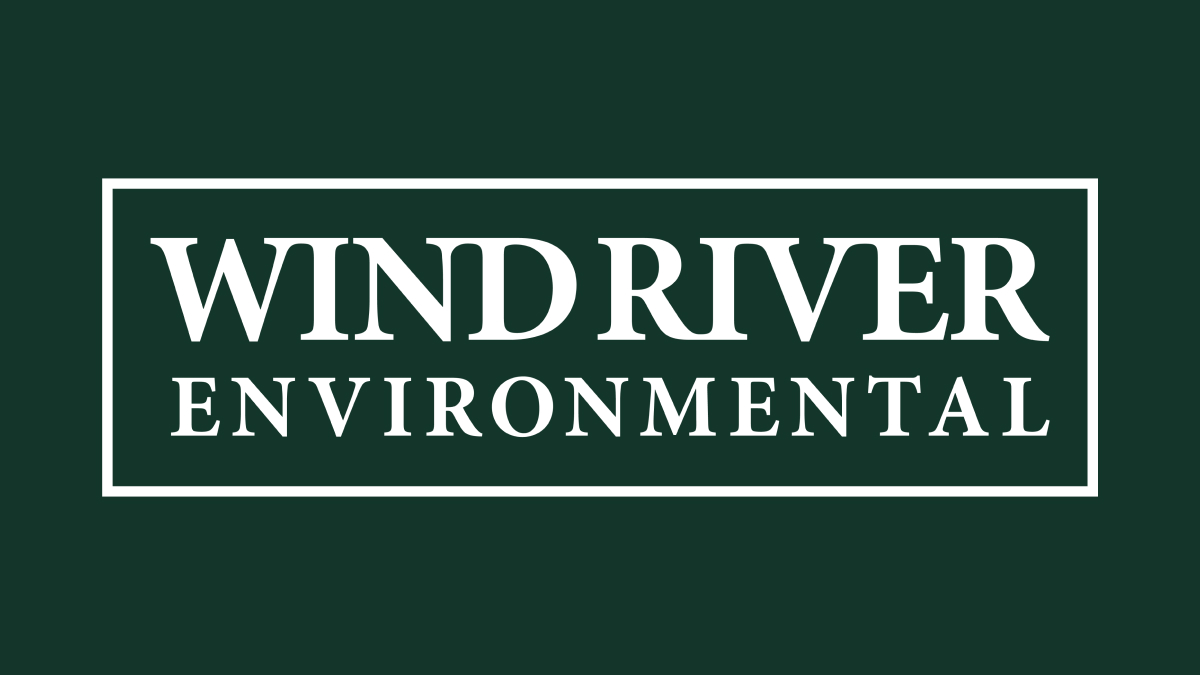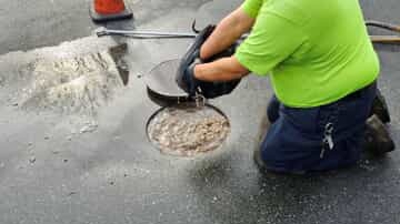Epoxy vs. Structural Pipe Lining: Know the Difference
Navigating the maze of home plumbing can be challenging for any homeowner, especially when faced with the prospect of repairing or replacing damaged pipelines. With the rising popularity of trenchless technologies, the choice between epoxy pipe lining and structural pipe lining has become a pivotal decision point for many property owners. In this blog, we walk you through key differences between these two innovative approaches, as well as important considerations, and expected outcomes.
The Need for Pipelining Solutions
Before plunging into the specifics, it’s important to understand when you might need a pipelining solution. Faulty pipelines can manifest as slow drains, leaks, or, in severe cases, as an unexpected lawn marshland. Traditionally, solving these issues often involved extensive excavation, disrupting your yard and possibly even your home’s foundation. With minimal invasion and cost-effectiveness, trenchless pipe lining has emerged as a beacon of hope for those dealing with deteriorated plumbing systems. Pipelining is not for every situation though, so it is important to have an expert assess your situation and provide you advice. Pipelining will only repair pipes that have not misaligned or totally collapsed, but should work in almost all other cases.
Epoxy Pipe Lining
Epoxy pipe lining involves introducing a resin into your existing pipes, which hardens and creates a new pipe within the old one. This process can be utilized for non-structural repairs, such as leakages or corrosion, and does not require digging. It's a relatively fast and affordable solution compared to traditional methods.
How It Works
- Inspection: A thorough camera inspection determines the condition of the pipes.
- Preparation: The pipes are cleaned and dried to remove any debris.
- Epoxy application: A special device applies the epoxy, coating the interior of the pipes.
- Curing: The resin is left to harden, creating a durable, seamless new pipe.
Pros of Epoxy Pipe Lining
- Less invasive and reduced downtime during installation.
- Seals cracks and leaks effectively, preventing root intrusion and corrosion for years.
- Material flexibility allows for lining in various pipe materials and diameters.
Cons of Epoxy Pipe Lining
- Not suitable for pipes with significant structural damage.
- If pipes are not cleaned properly before application, the epoxy might not adhere correctly.
- The process may slightly reduce the diameter of the pipe, impacting water flow.
Structural Pipe Lining
Structural pipe lining is a more comprehensive trenchless solution for severely deteriorated pipes. Unlike epoxy lining, structural lining involves the insertion of a flexible tube that can adhere to the existing pipe and harden to form a jointless interior. This technique can be used for various pipe types, including metal, clay, and PVC.
Process of Structural Pipe Lining
- Inspection: A camera inspection definitively diagnoses the damage.
- Preparation: The pipes are cleaned with high-pressure jets to remove blockage and prepare for lining.
- Lining installation: The pliable tube is coated with resin and inserted into the pipe. Once in place, the resin is expanded and hardened with hot water or UV light.
- Reinstatement: The lined pipe is inspected, and any necessary opening or reconnection points are reinstated.
Pros of Structural Pipe Lining
- Can rehabilitate pipes with significant structural damage.
- Enhances the pipe's structural integrity, often surpassing the original condition.
- Resistant to root intrusion and chemical corrosion.
Cons of Structural Pipe Lining
- Technical expertise and cost may be higher than epoxy lining.
- Preparation and curing times could extend the repair process compared to epoxy lining.
- The effectiveness can depend on the original pipe's condition and material.
Choosing the Right Lining for Your Home
Deciding between epoxy and structural pipe lining depends on several factors, such as the extent of pipe damage, material, and your long-term maintenance strategy. Working with a reputable plumbing professional to conduct a thorough assessment and recommend the best solution for your property is crucial.
Considerations for Homeowners
- Pipes condition: How extensive is the damage to your pipes? Are there multiple leaks, or have roots penetrated them?
- Future plans: Do you have any renovation or landscaping plans that your current pipe setup might hinder?
- Budget: What is your financial position for the necessary repairs?
The Impact on Property Value
Repairing and maintaining your home's plumbing ensures a hassle-free living environment and safeguards your property's value. Real estate appraisals often consider the state of underground utilities and properly rehabilitated pipes as selling points, especially those with warranties to boot.
The DIY Pipe Repair Myth
The internet is awash with DIY pipe repair kits, promising quick and easy solutions to your plumbing woes. However, these kits often fail to provide the long-term reliability of professional pipelining services.
Environmental and Regulatory Considerations
Trenchless pipelining is not just about convenience and efficiency; it's also about environmental responsibility. By avoiding unnecessary excavations, homeowners can reduce their environmental footprint. Moreover, certain local regulations might favor these non-invasive methods, making them sound environmental practices and legal prerequisites. Lastly, with the reduced excavation required, you also dramatically reduce the risk of damaging, weakening or requiring other underground utilities to have any disruption or repair because you will not be disturbing them or the ground that protects them.
Get an Expert Consultation with Wind River Environmental
The choice between epoxy and structural pipe lining is not a one-size-fits-all decision. Each technique serves a unique purpose and offers distinctive advantages. What remains constant is the need for homeowners to be proactive about maintaining their underground plumbing infrastructure.
Consulting our plumbing experts Wind River Environmental can provide invaluable advice tailored to your situation. We can perform a camera inspection and recommend a pipelining service that aligns with your infrastructure’s needs and financial constraints.
Call (877) 560-9007 or complete our online form to schedule an appointment.






